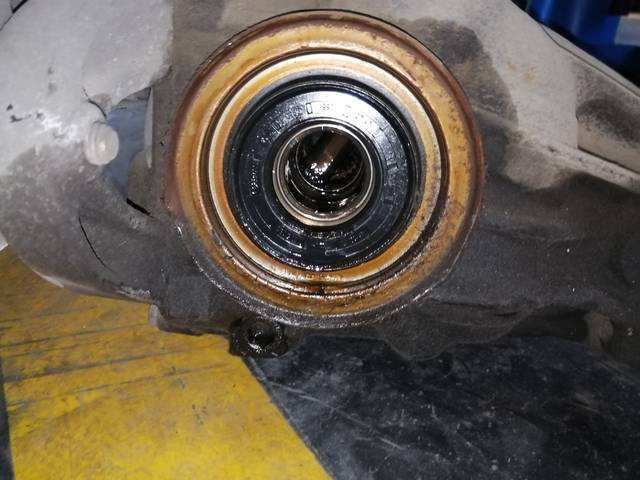
Automobiles rely on rotating parts that function to transfer engine momentum through the transmission and to the wheels. These components are made of materials such as hardened steel, cast iron, aluminum, or other such alloys.
Shafts, bearings, and other rotating parts are made as per exacts specifications; however, oil seals are necessarily required so that the engine oil and transmission fluid stay in a foreign material out of the drivetrain. The oil seal performs sealing applications in gearboxes and prevents the leakage of non-pressure fluids and grease.
Oil seals are usually low in cost, but bear a huge labor expense if you want to replace it. Let’s find out what are the common reasons that cause oil seal leak.
Seals Dry Out
Oil seals are usually made of natural or synthetic rubber compounds. If they are not used for a long time, they dry out. As a result, the seal-shaft interface may drain away, leaving the metal surface exposed to oxidation. A rusted shaft breaks the seal, hence the seal in this condition breaks while driving the car.
Similarly, an unused seal might develop a dry spot due to weathering and cracking. The seal might swell or reseal after some time, while on the other occasions, the leak gradually gets worse as the seal disintegrates.
Drivetrain Problems
A transmission seal begins to leak if the driveshaft or drive axle becomes damaged. As the driveshaft or drive axles get damaged, bent or loose, the shaft experiences excess vibration and uneven shaft wear. A defective U-joint or a rear-wheel-drive vehicle can cause this condition to occur.
Severe Driving Conditions
Severe weather conditions such as freezing weather cause the seal to crack and result in seal failure—similarly, the vehicles on-road experience harsh conditions such as rocks, thick dust, and variable temperatures.
As a result of this, the dirt accumulates into the gap between the shaft and the seal. Resultantly, the seal material wears away gradually. When this happens, the oil starts leaking. Differential and axle seals are particularly vulnerable to dirt. Salt destroys the seal body.
Improper Maintenance
Running the engine constantly for a longer duration can make the seal become too hot or might dry it out so that it wraps and starts leaking. Similarly, driving with an overheated engine may have the same result. Also, adding too much fluid can cause the seal to “blow out,” especially on a transmission.
Seals are fragile and are easily ruined by a ham-handed mechanic. So, while performing any maintenance activity, make sure that the seal remains free of dirt or burrs.
There is quite a possibility that you might damage the seal by the slip of a tool when working on something else. So, makes sure to use proper seal puller and installation tools for any operation involving seal replacement.
Aging Seals
As the seal gets older, it tends to move away from the surface they tend to mate against. This effect causes too much space between the seal and the shaft. It provides the space for the oil to escape.


